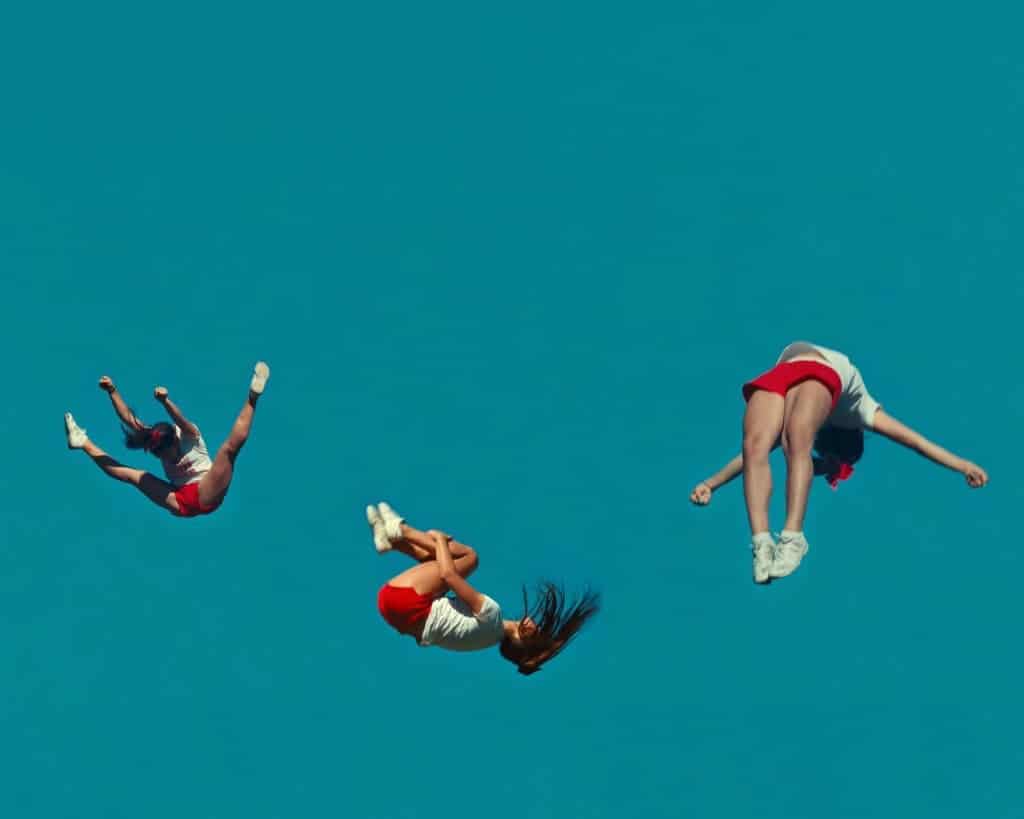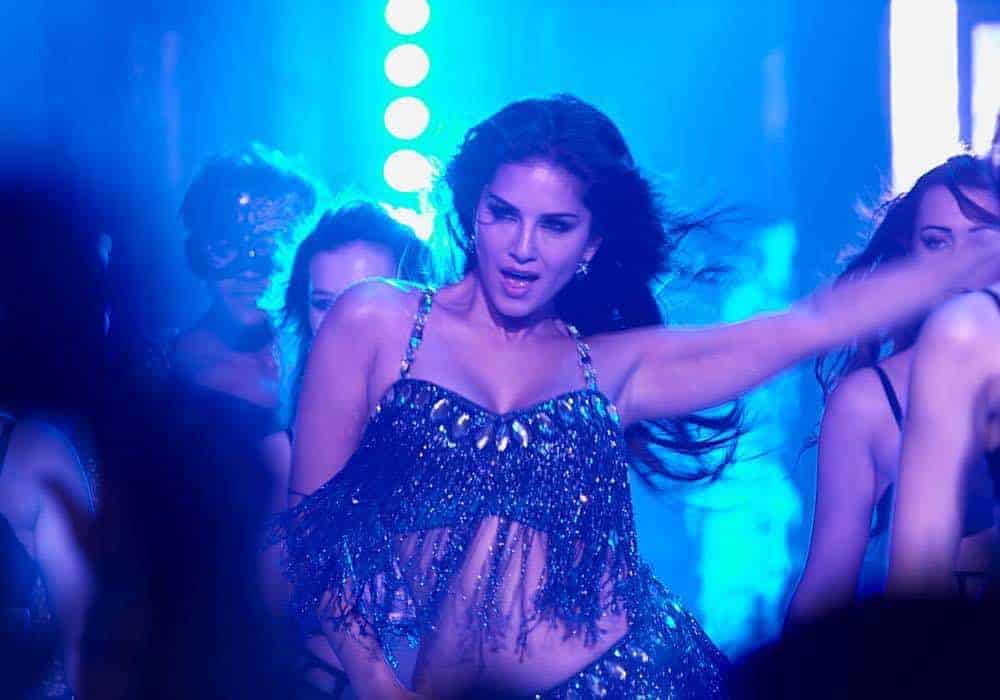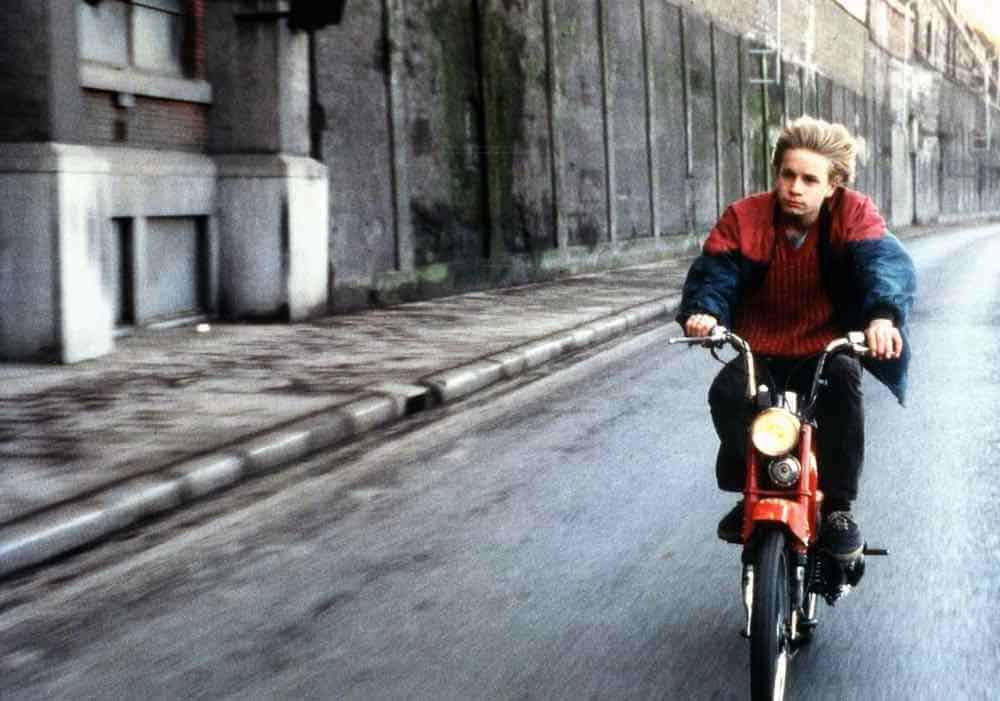We take a look at the Best of Seventh Row in 2016: our top 20 articles and top 5 interviews of 2016. We also reflect on our major milestones of 2016.

It’s been an exciting year of growth and change at The Seventh Row. This time last year, we had a staff of two — our editor-at-large Mary Angela Rowe and myself — and we’d published one freelance writer. But over the course of the last 12 months, we’ve hit a lot of exciting new milestones. We became an (almost) daily publication and redesigned our website. We’ve published 13 new writers from around the world, including Canada, the U.S., England, and Australia.
We covered most major international film festivals: Sundance, Berlin, HotDocs, San Francisco, Cannes, and TIFF. We launched our Shakespeare podcast, 21st Folio, which features guests from around the world, including the U.S., Canada, and New Zealand. We expanded our theatre coverage to productions in the U.S., Australia, New Zealand, and the U.K. And we got our first trailer quote for After Love in England. We began an on-going series of essays about great performers, and, with From the Vault, a series about great movies now on DVD and VOD. We expanded our interdisciplinary coverage to look at films about sex positivity and female empowerment, spearheaded by Laura Anne Harris.
We looked at many films (and one performer, in particular) from multiple angles. We took in-depth looks at multiple films through both reviews and interviews with the directors, including 45 Years, Aquarius, Disorder, NUTS!, Sand Storm, and Una. We went even deeper on two of our favourite films of the year — A Bigger Splash and Louder Than Bombs — with not just reviews and director interviews but essays and a look at the more technical aspects of making the films. We declared 2016 the #YearOfRalph, with an in-depth look at Fiennes’ performances in Hail, Caesar, A Bigger Splash, and on stage in Richard III.
Finally, we continued our commitment to the work we started Seventh Row to do including: covering films directed by women, interviewing female directors about their craft, championing Indigenous cinema, covering and critiquing films about science and engineering, and more.
We have a lot of exciting things planned for the new year, including on-boarding new writers, more festival coverage, and — possibly — a print edition. But before we look forward, let’s take a look back at 19 of the best pieces of criticism we published in 2016 (in order of publication) and our top five interviews of the year.
Top 19 articles of 2016
1. 45 Years: Review and Interview by Alex Heeney
In an interview, Andrew Haigh talked to us about editing within the frame, using sound to tell story, and the importance of blocking. In my review, I wrote critically about how well he uses all of these elements in the film.
2. Sonita and Sand Storm: When the patriarchy looks like your mother by Alex Heeney
This was one of the first festival coverage pieces we did which would initiate an entirely new approach to festival reviews: finding common themes among two films so that they could illuminate each other. I also did this for NUTS! and foreveryone.net .
3. Berlinale Review: Things to Come by Elena Lazic
With her first Berlinale review, looking at Things to Come, Elena initiated yet another new approach to festival coverage: comparing a new festival film to previous work by the auteur. She would go on to do the same with Being 17 and Girlhood, proving that thoughtful, insightful criticism and festival coverage are not mutually exclusive.
4. Exploring the sounscape in Notes on Blindness by Eloise Lo Ross
In her first piece for Seventh Row, Eloise explored how sound design allowed the audience to experience something like the process of going blind.
5. Sandy Powell’s costumes tell a story words can’t in Carol by Sam Woolf
In his first piece for Seventh Row, Sam looked at how Sandy Powell’s costumes for Therese and Carol tracked the characters’ evolution as individuals and with respect to their relationship to one another.
6. Landscape and limbo in Fish Tank by Gillie Collins
Through analysing Andrea Arnold’s use of landscape and space in Fish Tank, Gillie Collins made her Seventh Row debut with a bang, proving herself one of our best and most important voices to watch in film criticism.
7. The politics of sisterhood in Mustang by Gillie Collins
Taking an accessible but somewhat academic approach, Gillie Collins’ piece on Mustang — one of my favourite pieces of criticism this year, full stop — showed Gillie is peerless at giving an insightful, in-depth analysis of films, without being reductive, through acknowledging the film’s own biases and shortcomings, as well as what makes it effective. She also did this especially well in her review of I, Daniel Blake.
8. Review: Arabian Nights by Brandon Nowalk
Brandon’s review of Arabian Nights was both his Seventh Row debut and the beginning of his peerless work to look at the intricacies and politics of postmodern film structure and how it creates an exhilerating viewing experience. He would later do the same for Pablo Larrain’s Neruda, also on our list.
9. Louder Than Bombs week by Alex Heeney
I like to joke that these five articles on the best film of the year are my magnum opus, including: a two-part interview with Joachim Trier, an interview with his cinematographer Jakob Ihre, a review of Louder Than Bombs, and an essay on alienation and exile in Louder Than Bombs and Oslo, August 31st. It’s probably the most in-depth coverage of the film (and Trier’s work) published to date, and some of my very best work.
10. Tom Hiddleston and the hollow charm thwarting the promise of a great actor by Alex Heeney
Published at the height of Hiddleston’s Publicity Tour of America, but before his short-lived fling with Taylor Swift became official, I took a look at how his public persona, and insistence on being liked, is holding him back from being one of our greatest actors.
11. Richard III at the Almeida by Alex Heeney
My most important entry in our #YearOfRalph coverage was this review of the Almeida’s entirely original production of Richard III starring Ralph Fiennes as the titular Richard and his sometimes-movie-mom Vannessa Redgrave. You can also read Mary Angela Rowe’s take over on the 21st Folio website.
12. Review: Gleason by Alex Heeney
This review out of Sundance was one of our first pieces in what we hope will be ongoing coverage of how films depict people with disabilities. I looked at why the film’s depiction of Gleason was insulting, and spotted a troubling trend at Sundance last year to look at people with disabilities as either heroes to be lionized or people to be pitied so much they may be better off dead.
13. A closer look at TIFF16 film Marija by Laura Anne Harris
Weaving in quotes from writer-director Michael Koch, Laura crafted a piece of wholly original and insightful criticism — something only someone who is a playwright, herself, could write — which continued her groundbreaking work on films about female empowerment and sex positivity.
14. Review: Raw by Mary Angela Rowe
Continuing her ongoing look at feminist horror films, which began with Crimson Peak in 2015, Mary Angela Rowe analyzes how Julia Ducournau’s Raw is a new kind of body horror.
15. and 16. Aquarius: Age in Place by Jesse Thompson and An interview with Kleber Mendonça Filho by Alex Heeney
Jesse Thompson’s first piece for Seventh Row is one of deep insight and great beauty. In “Age in Place”, he draws connections between Mendonça Filho’s film about gentrification in Brazil and the current housing market in Sydney, Australia — all by looking at how Filho uses sound and physical space in his films. My interview with Mendonça Filho serves as an interesting companion piece to Jesse’s superlative essay, as the director illuminates how he thinks about sound, music, and place when making his films.
17. Review: Porto by Elena Lazic
Elena deserves all the accolades for calling out the blatant sexism in Porto, why it’s essential for critics to always do so, and analyzing its failed use of multiple film stocks — something she notes was all most critics thought about.
18. Review: La La Land is blah blah bad by Alex Heeney
I’m not sure whether this takedown, about how La La Land fails at being a musical and a romantic comedy, won me more friends or enemies last year, but its look at the musical as a form — in theatre and film — is exactly the kind of multidisciplinary film criticism we’ve been building our name on.
19. Review: Neruda — bard on the run by Brandon Norwalk
What do I’m Not There and Neruda have in common, as post-modern films about political poets? More than you might think. Brandon draws insightful comparisons while also illuminating how Neruda’s approach to cinematography, editing, and cinematography is decidedly “punk rock”. No piece has opened up the film more for me on second viewing.
Top 10 Interviews of 2016 (in order of publication)
1. Anna Rose Holmer talks The Fits
Continuing our coverage of how best to shoot dance, which started with our two interviews with Frederick Wiseman, Anna Rose Holmer reveals how she approached movement and sound in her much lauded directorial debut.
2. National Treasure Phillippe Falardeau talks My Internship in Canada
Falardeau is not for naught a National Treasure: an exquisite filmmaker and a highly intelligent, articulate interview subject. Here, he talks about writing, editing, and finding the sound and music for his Canadian Classic My Internship in Canada, which was one of Canada’s Top Ten Films of 2015.
3. Rebecca Miller talks Maggie’s Plan
I could have talked to Rebecca Miller all day about getting inspired by Shakespeare and 1930s screwball comedies, the importance of production design and costumes for telling a story, and so much more.
4. Benedict Andrews talks Una: part 1 and part 2
Benedict Andrews had so many insightful things to say about the difference between directing for stage vs film, and how he brought his skills from the former when making his first film, that we ended up publishing a two-part interview.
5. Two opposing sensibilities: how Frederick Wiseman and Gianfranco Rosi take entirely different approaches to the art of documentary filmmaking
Fire at Sea director Gianfranco Rosi and In Jackson Heights director Frederick Wiseman take completely opposite approaches to making documentaries. Wiseman shoots a lot of footage; Rosi shoots very little. Wiseman edits his own films in what is a highly intellectual process; Rosi relies mostly on his intuition. Here, we pull quotes from a pair of interviews with Wiseman and a pair of interviews with Rosi to illuminate how two opposing sensibilities can sitll produce great works of art.
Read more: Best of Seventh Row >>

